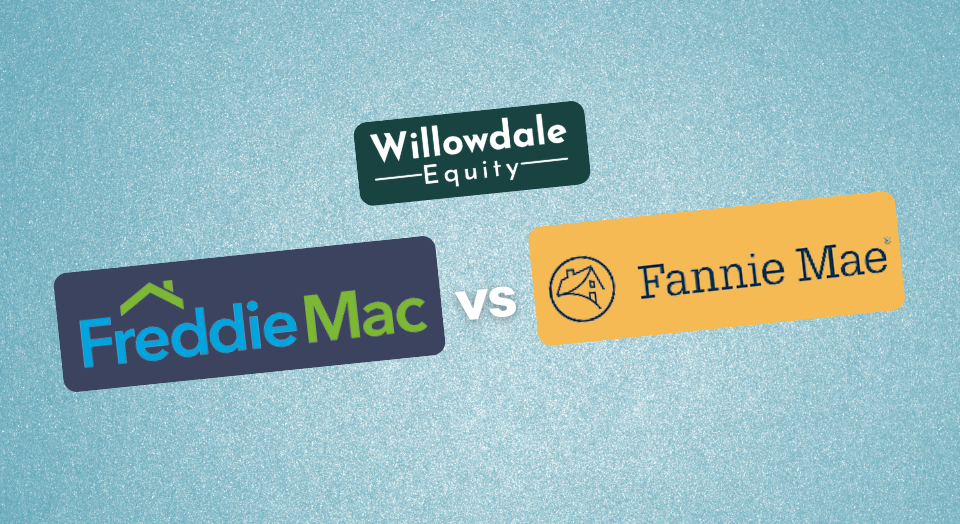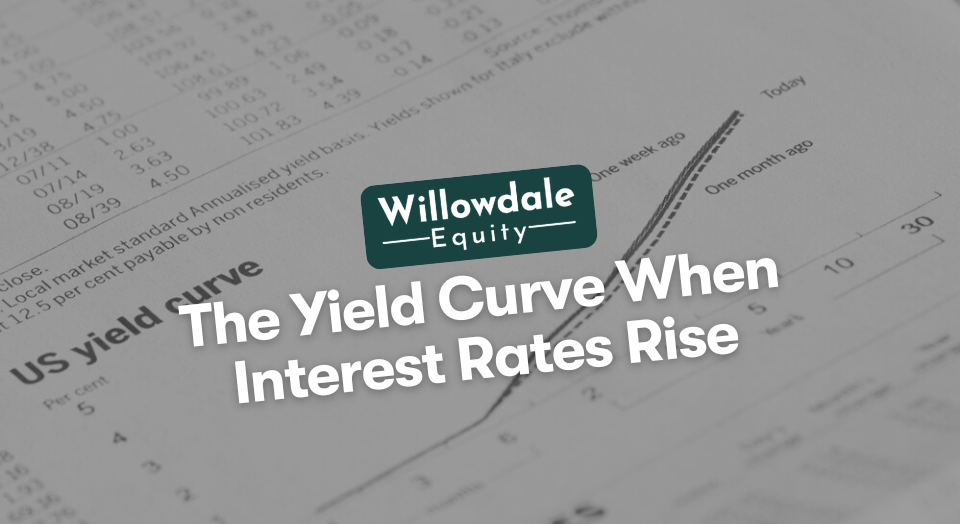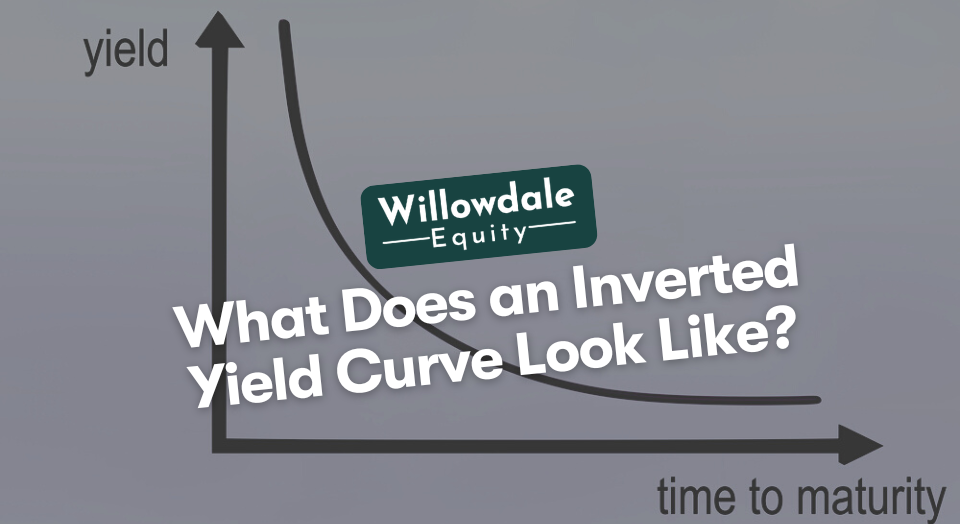
What is the Difference Between Freddie Mac and Fannie Mae?
This article is part of our guide on fannie mae and non-recourse loans in multifamily, available here.
Fannie Mae and Freddie Mac are two agencies the United States government created. They are both privately funded. They buy and sell mortgage-backed securities. Fannie Mae is a nickname for the Federal National Mortgage Association, and Freddie Mac is a nickname for the Federal Home Loan Mortgage Corporation. In 1938, there was a housing crisis, hence the creation of FNMA, and in 1970, FHLMC was created to boost competition in the secondary mortgage market.
Both agencies buy and sell mortgage-backed securities post closings, and these two agencies keep the mortgage industry funded, especially in the conforming, conventional markets. Fannie Mae and Freddie Mac have their mandates from the federal government, some of which are shared.
This article looks at the differences between Fannie Mae and Freddie Mac lending, their unique requirements, and how they are applied to multifamily properties.
Key Takeaways
-
In 1938, via an act of congress, the FNMA was established through the Federal Home Loan Bank Act. It was established due to a housing crisis.
-
In 1970, the United States government established Freddie Mac. The FHLMC (Federal Home Loan Mortgage Corporation) was established to boost competition in the secondary mortgage market.
-
Their plan is to keep the system healthy and growing at a predictable rate without too many so-called bumps in the road. One of the areas of lending that the average borrower overlooks is that of multifamily assets.
What do Fannie Mae and Freddie Mac do?
Both FNMA and FHLMC have mandates that are under the auspices of the federal government, and they are:
- Maintaining market stability in the secondary residential market
- Being responsive to changes in the private capital market
- Maintaining liquidity if investments and, therefore, making mortgage money available for residential home financing
- Supporting the secondary residential mortgage market on an ongoing basis
Increasing access to mortgage credit and financing for individuals, families, and investors.
Fannie Mae

In 1938, via an act of congress, the FNMA was established through the Federal Home Loan Bank Act. It was established due to a housing crisis. The Federal Housing Administration was established during the Roosevelt administration to encourage home ownership. The cycle of lending and selling off mortgage-backed securities strengthened banks.
What happens is that the FNMA buys the loans from individual banks and gives the banks more money to lend. When FNMA purchased the loans, they were packaged and sold as derivatives to hedge funds, pension funds, and individual investors. In 1968, the FNMA was transformed into a company; however, congress wanted to stop funding it to support the war effort in Vietnam.
Freddie Mac

In 1970, the United States government established Freddie Mac. The FHLMC (Federal Home Loan Mortgage Corporation) was established to boost competition in the secondary mortgage market. It, like the FNMA, also buys and sells government-backed mortgages. Instead of relying on major retail and commercial banks as the FNMA does, the FHLMC buys from smaller banks and thrifts.
Mortgages deemed jumbo (amounts over $647,200 or $970,800 in high-cost areas) are typically securitized by the FHLMC instead of the FNMA. In the strictest sense, these loans are non-conforming due to the loan size, maximum loan to values, and allowable debt-to-income ratios. For the most part, the FHLMC sells off all of its loans to the secondary market. This encourages even more lending to the smaller banks and thrifts.
Related Read: Commercial Multifamily Loans – Everything You Should Know About Them
What are the Similarities Between Freddie Mac and Fannie Mae?
Both of these entities have similar functions. As stated before, the FNMA typically buys and sells mortgages from large commercial banks and mortgage companies, while the FHLMC works with smaller banks and thrifts. They do have shared mandates, and they are:
- Maintaining stability in the secondary mortgage market
- Responding to changes that occur in the private market capital
- Increasing the liquidity of investments and making money available for residential home financing
- Supporting the secondary residential market
- Make available credit and financing for individuals and investors
Both entities are government-sponsored. Because their mandates come from the Department of Housing and Urban Development and the Federal Housing Finance Agency, a cap on mortgage investment portfolios is in place. Both have had to respond to several housing crises, with the crisis in 2008 being one of the more memorable ones.
It's Origins
These agencies’ origins are due to banks’ insolvency and thrifts during the great depression. In light of this, congress created the FNMA. Because of this entity, the housing market stabilized. In 1968, congress created the FHLMC to stimulate competition between banks and thrifts. In this same year, the FNMA was privatized.
How they Function
What are the Differences Between Freddie Mac and Fannie Mae?
The key difference is where mortgage monies are purchased from. The FNMA buys its funds from large commercial banks, and the FHLMC buys them from smaller thrifts and small banks.
Their Loan Requirements
The lending requirements that exist on mortgage loans for a single-family residence are:
- No more than 80% LTV
- No more than 41% DTI
- Credit scores at or above 680
The sourcing for the FNMA and FHLMC is below.
Their Mortgage Sourcing
Both agencies source their mortgage monies from either large, commercial banks and /or thrifts. Their planned purpose is to stimulate the lending system.
Their Planned Purpose
Their plan is to keep the system healthy and growing at a predictable rate without too many so-called bumps in the road. One of the areas of lending that the average borrower overlooks is that of multifamily assets.
What Percentage of Multifamily Loans are Funded by Fannie Mae or Freddie Mae
The FNMA accounts for 20% of the funding of multifamily dwellings, while the FHLMC accounts for 22.9%. These percentages were as of 2019.
Is Freddie Mac a Conventional Loan?
Freddie Mac, like its’ cousin Fannie Mae is the agency that deals with loans that fit the conforming, conventional lending standards. There is some confusion regarding the FHA and its’ lending parameters.
Is FHA Fannie or Freddie?
FHA loans were created to address the needs of people with limited down payment monies and/or credit that was not in line with conforming, conventional parameters. A buyer can purchase a home with as little as 3.5% down, and the debt-to-income ratios can be, in some cases, as high as 50%.
Frequently Asked Questions About the Differences Between Fannie Mae and Freddie Mac
Freddie Mac is not a loan. It is an agency that regulates lenders and meets the guidelines for conventional loans.
These agencies’ purpose is to stabilize the lending market and standardize mortgage lending for the borrowing public.
Freddie Mac is an agency that meets and regulates conventional lending guidelines. It has nothing to do with FHA lending due to the differing regulations regarding credit, debt-to-income ratios, and loan to values.
Freddie Mac vs Fannie Mae - Conclusion
One of the key takeaways in this article is that if you are looking to purchase a home, be it a single-family residence or a multifamily property, the best rates and programs are those you will find with either an FNMA or FHLMC loan.
If you’re building long-term wealth through private equity and tax-advantaged, multifamily real estate across the south-eastern United States, join the Willowdale Equity investor club today.
Sources:
- RocketMortgage, “Fannie Mae Vs Freddie Mac: What’s The Difference?“
- Trepp, “Freddie and Fannie Funded $148 Billion of Multifamily Loans in 2019“
- TheBalance, “Fannie Mae vs. Freddie Mac“
Interested In Learning More About PASSIVE Real Estate Investing In Multifamily Properties?
Get Access to the FREE 5 Day PASSIVE Real Estate Investing Crash Course.
In this video crash course, you’ll learn everything you need to know from A to Z
about passive investing in multifamily real estate.
We’ll cover topics like earned income vs passive income, the tax advantages, why multifamily, inflation, how syndications work, and much much more!




